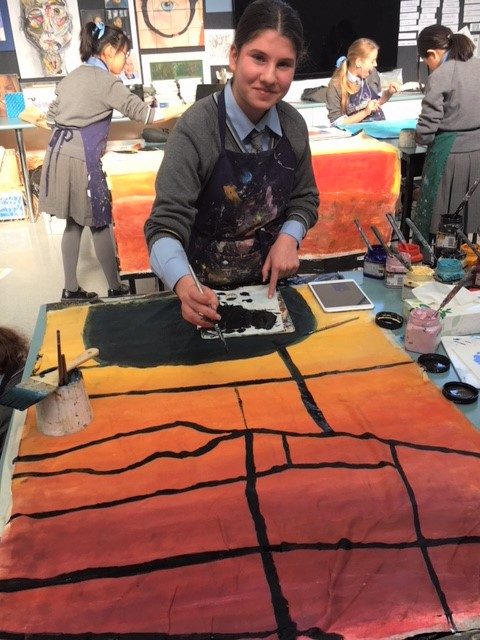Central Australia Trip Provides Opportunity For Learning in the Visual Arts
Central Australia Trip Provides Opportunity For Learning in the Visual Arts
Year 8 St Catherine’s students travelled to Central Australia as part of an experience to develop a better understanding of themselves, the natural environment and the social and cultural environments in which they find themselves.
In the context of the Visual Arts, the trip provided a natural springboard in line with the Victorian curriculum for students to:
- Identify, analyse and evaluate how other artists use materials, techniques, technologies, processes and visual conventions to express ideas and convey meaning.
- Plan and make their own artworks in response to the exploration of techniques and processes.
- Demonstrate the use of materials, techniques, processes and visual conventions to express ideas and convey meaning in their artworks.
- Describe and identify artworks from different cultures, times and places and how ideas are interpreted by audiences.
Before leaving, students viewed and discussed a range of Indigenous and non-Indigenous artists from different times and cultures, who created abstract artworks influenced by landscape. They also attended the Ian Potter Centre: NGV Australia for a guided tour of the Australian and Torres Strait Indigenous collection. The exhibition encompassed a broad range of two and three-dimensional artworks spanning the last 200 years. This included decorative traditional barks painted with natural ochres through to contemporary photography, making social commentary and mixed media works making personal or political commentary.
Students learn to analyse artworks by identifying the main art elements and principles and to find messages or meaning using the visual clues to decipher the story or reason for its creation. Learning to unpack the why and how artworks are made informs a student’s own art making practice. Helping them move away from ‘random’ decision making and instead demonstrating a clear individual or collaborative expression of ideas or emotions.
In Central Australia, students photographed colours, shapes, lines and textures and on returning, completed a small series of abstract oil pastel drawings and a large painting based on their response to the landscape. To complement this, they created another artwork based on themselves, brainstorming if they were a colour, a shape, a line, a texture what would they look like? This enabled students to think about themselves as an abstract form with no emphasis on realism. This can be a liberating and/or confronting experience as it requires a connection with the self to create an artwork that is symbolic and emotionally based rather than any attempt at likeness.
The visual arts as a vehicle for storytelling has always been central to Indigenous culture. It continues to play an important part of any civilisation for its ability to capture a time or place, express ideas or comment on humanity and the world around us. This trip provided cultural, educational, personal and social opportunities that will have a lasting impact in many areas of the student’s life.
Observing the level of enthusiasm and engagement as the students used their knowledge and experiences to explore and create their own ideas for artworks has been both joyous and impressive. A successful pathway for learning was created as they discovered the important role art and artists play in making us look, think, discover and express our ideas and emotions about ourselves and the world around us.
-
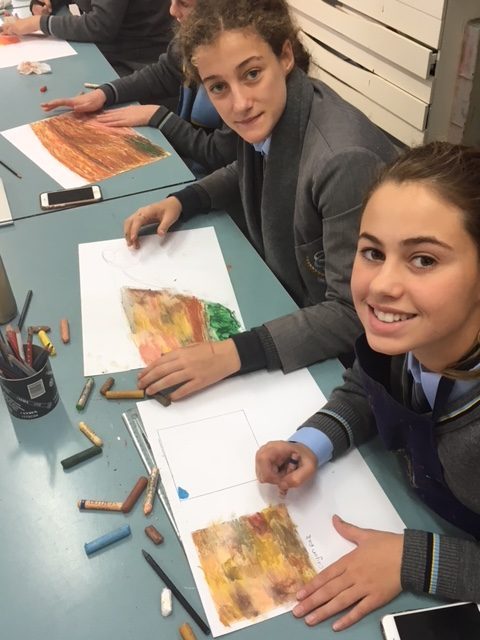
Year 8 art
-
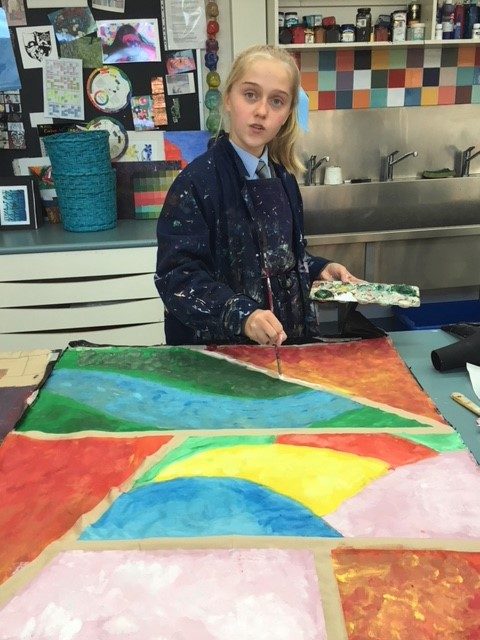
-
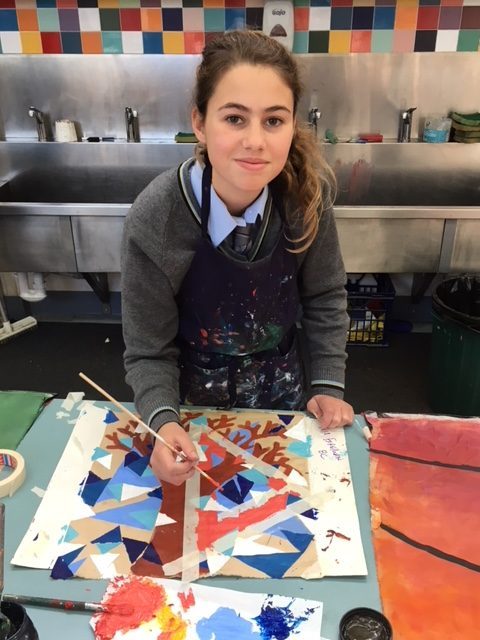
-
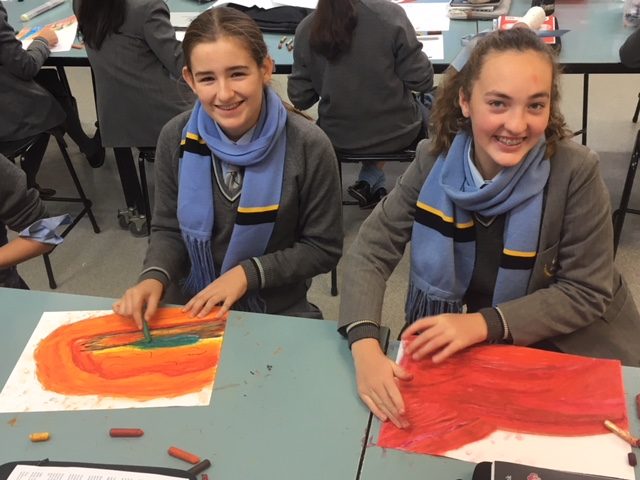
Year 8 Art
-
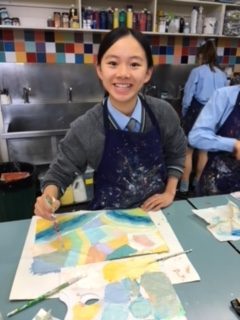
-
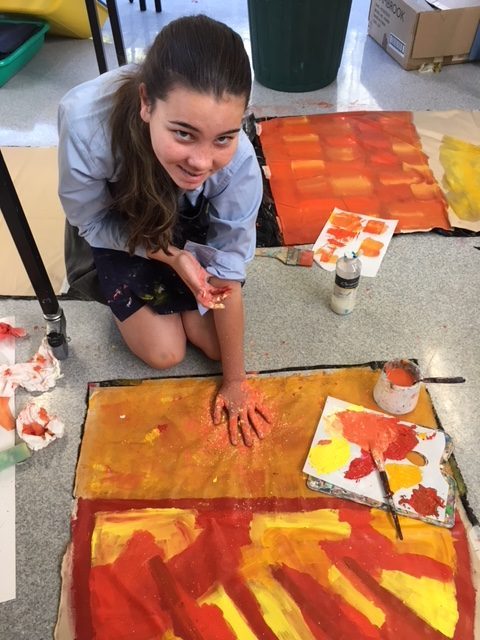
-
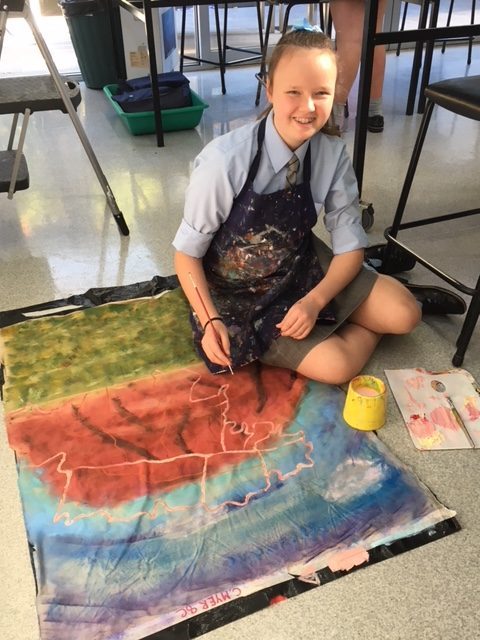
-
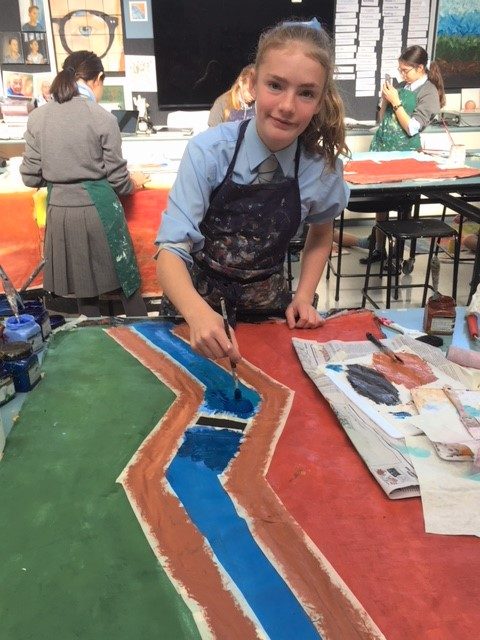
-
